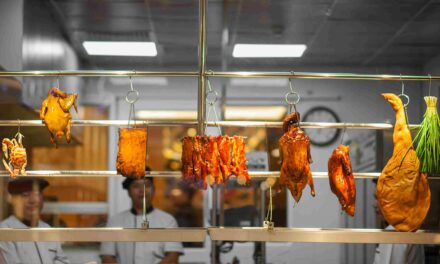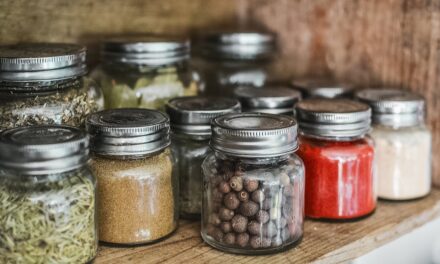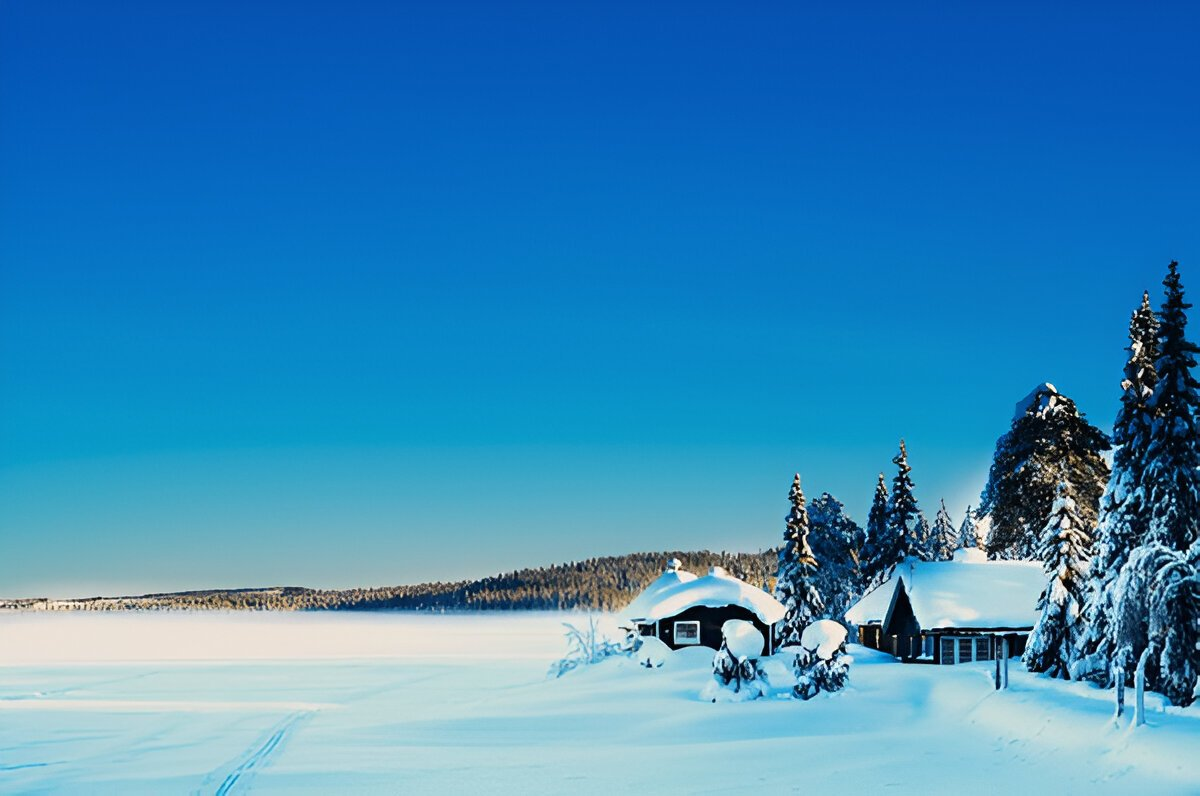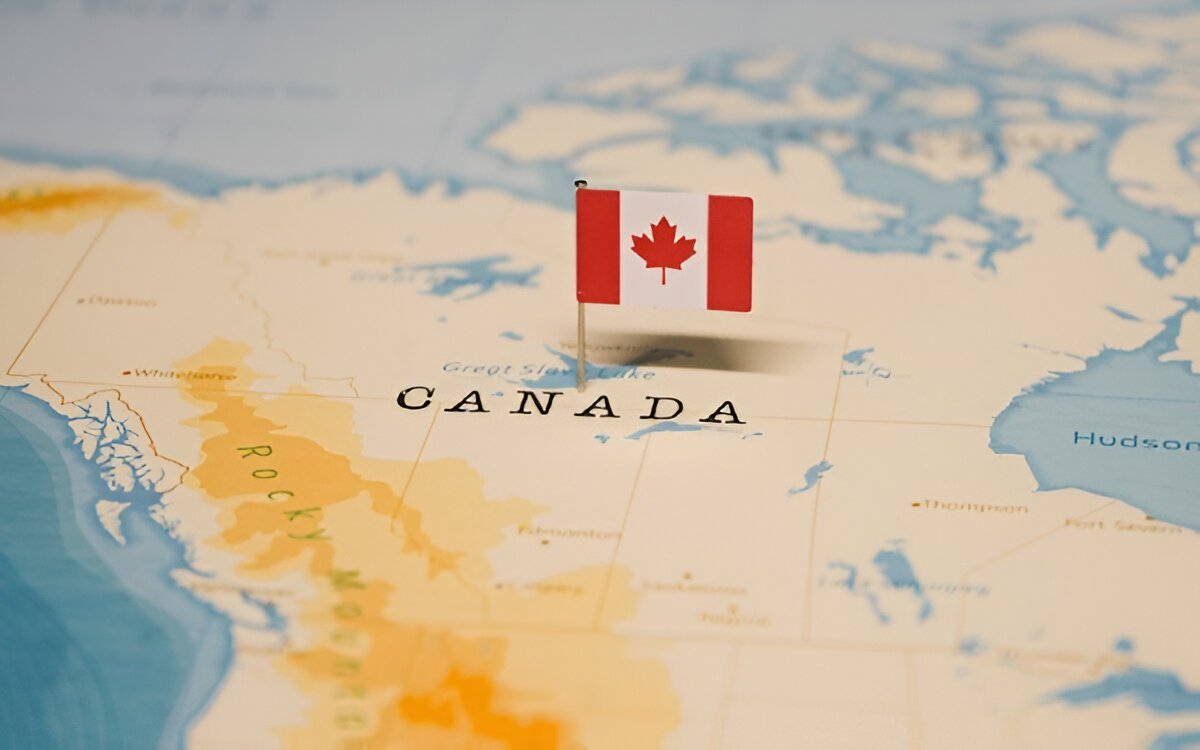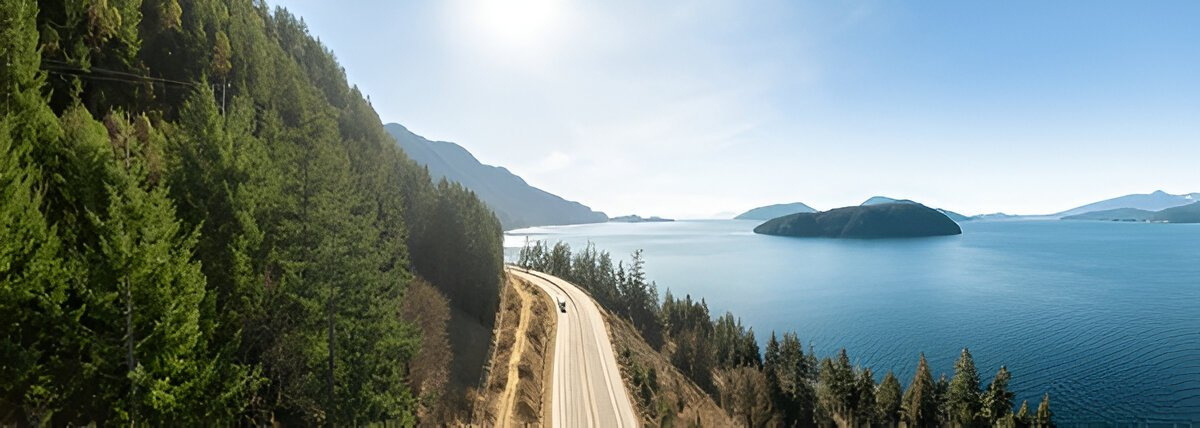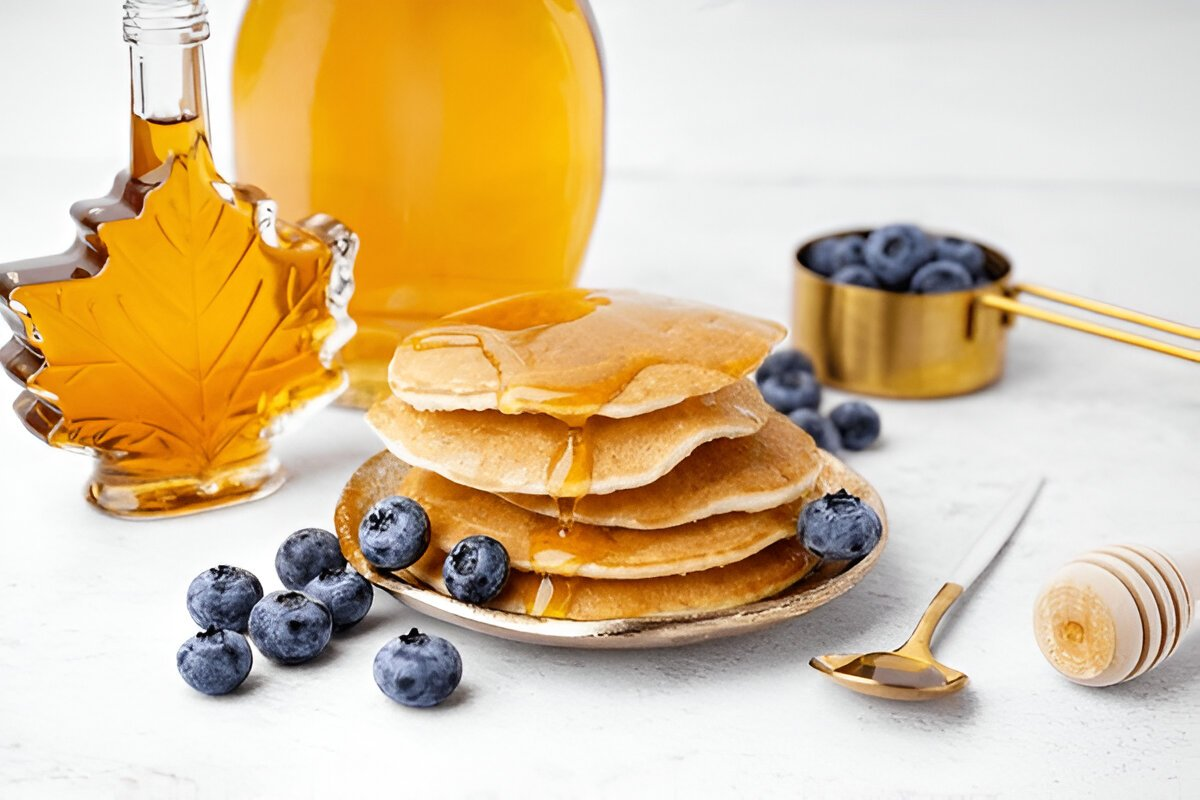Canada boasts a rich and vibrant culinary scene, but its story isn’t complete without acknowledging the foundation upon which it’s built – the traditional foods of First Nations peoples. Far from a monolithic concept, First Nations cuisine encompasses a vast array of regional specialties, unique ingredients, and age-old cooking techniques passed down through generations.
A Journey Through Time and Tradition
First Nations peoples have inhabited this land for millennia, living in harmony with the environment and relying on the bounty of nature to sustain them. Their cuisine reflects this deep connection to the land, with dishes featuring seasonal ingredients hunted, fished, gathered, and cultivated with respect.
From Coast to Coast: A Taste of Diversity
The Pacific Coast: Here, First Nations cuisine revolves around the abundance of the sea. Salmon, a sacred food source, features prominently, prepared in various ways – baked, smoked, or dried for later consumption. Shellfish, seaweed, and sea vegetables also play a vital role in coastal diets.
The Prairies: First Nations peoples of the Prairies have traditionally relied on bison, a source of not just meat but also hides and bones. Dishes like pemmican, a concentrated mixture of dried meat, fat, and berries, were developed for portability during nomadic hunts. Wild rice, another staple, is often incorporated into stews and soups.
The Woodlands: Moving eastward, First Nations cuisine in the woodlands features a reliance on wild game like deer, rabbit, and waterfowl. Maple syrup, a gift from the sugar maple tree, is a common sweetener, used in savoury dishes as well as desserts. Berries and nuts are abundant and add vibrant flavours and essential nutrients to the diet.
The Subarctic and Arctic: Life in these harsh environments necessitates a focus on high-protein, high-fat foods. Fish, caribou, and seal are staples, often preserved through drying, smoking, or freezing techniques. Fermented foods also play a role, providing essential vitamins during long winters.
Unique Ingredients and Techniques
Beyond the regional variations, First Nations cuisine is characterised by the use of unique ingredients and traditional cooking methods. Here are a few to whet your appetite:
- Wild Rice: A staple grain in many regions, offering a nutty flavour and complex texture.
- Fiddleheads: The young, curled fronds of ferns, enjoyed for their delicate flavour and springy texture.
- Pemmican: A concentrated, portable food source made with dried meat, fat, and berries.
- Stone Soup: A simple stew traditionally cooked in a hollowed-out log using hot stones.
- Smoke-infused Flavours: Smoking is a common technique for preserving food and adding a unique depth of flavour.
- Earthen Ovens: Food is often cooked in pits lined with hot stones, creating a moist and flavourful cooking environment.
A Modern Renaissance
Today, First Nations cuisine is experiencing a well-deserved revival. Indigenous chefs are reclaiming traditional knowledge and techniques, reinterpreting them for a contemporary audience. They’re using local, seasonal ingredients to create innovative dishes that bridge the gap between past and present.
Beyond the Plate: A Cultural Experience
Food is more than just sustenance in First Nations cultures. It’s deeply intertwined with social gatherings, ceremonies, and spiritual practices. Participating in a traditional meal is a way to connect with the land, ancestors, and community.
Exploring First Nations Cuisine
There are many ways to explore the rich tapestry of First Nations cuisine:
- Visit Indigenous-owned restaurants: These establishments offer a chance to savour authentic dishes prepared with fresh, local ingredients.
- Attend a powwow or cultural event: Food is often a central part of these gatherings, providing an opportunity to try traditional dishes in a festive atmosphere.
- Take a cooking class: Learn traditional cooking methods and recipes from Indigenous chefs.
- Visit a farmers market: Look for Indigenous vendors selling traditional ingredients like wild rice, berries, and maple syrup.
By embarking on this culinary exploration, you’ll not only tantalise your taste buds but also gain a deeper appreciation for the rich culture and traditions of First Nations peoples.
Conclusion
First Nations cuisine is more than just a collection of recipes. It’s a testament to the resilience and resourcefulness of Indigenous peoples who have thrived on this land for millennia. It’s a celebration of their deep connection to the environment and their respect for the natural world.
By exploring this unique cuisine, you’re not just indulging in delicious flavours – you’re embarking on a cultural journey. You’re learning about the history, traditions, and values that have shaped these dishes. You’re gaining a deeper appreciation for the rich tapestry of Indigenous cultures that make Canada so special.
So, the next time you sit down to a meal featuring Indigenous ingredients or techniques, take a moment to savour the flavours and reflect on the story behind them. Let this culinary adventure be a bridge between cultures, fostering understanding and appreciation for the enduring legacy of First Nations peoples.
Explore, savour, and celebrate the vibrant world of First Nations cuisine!


